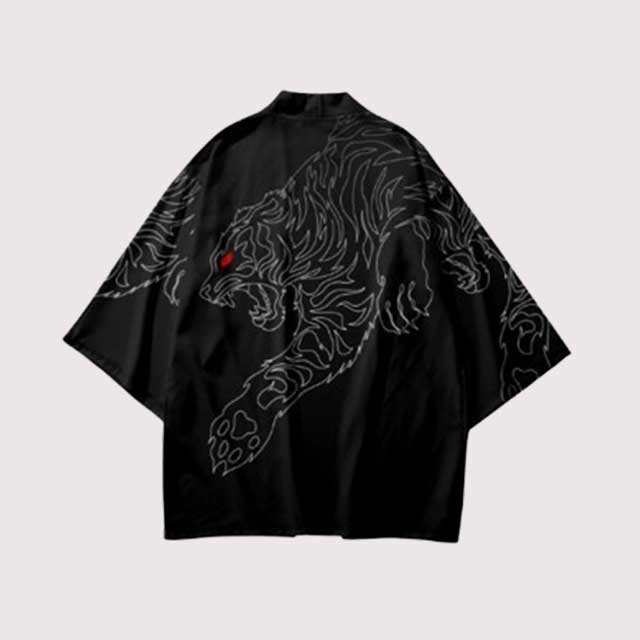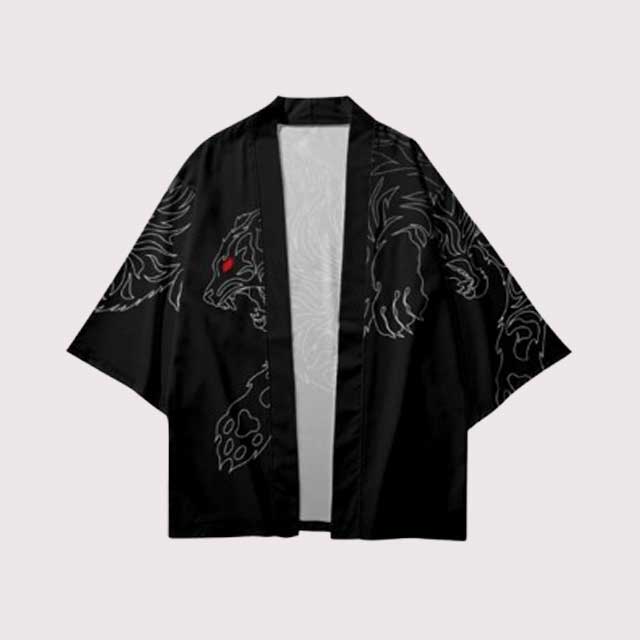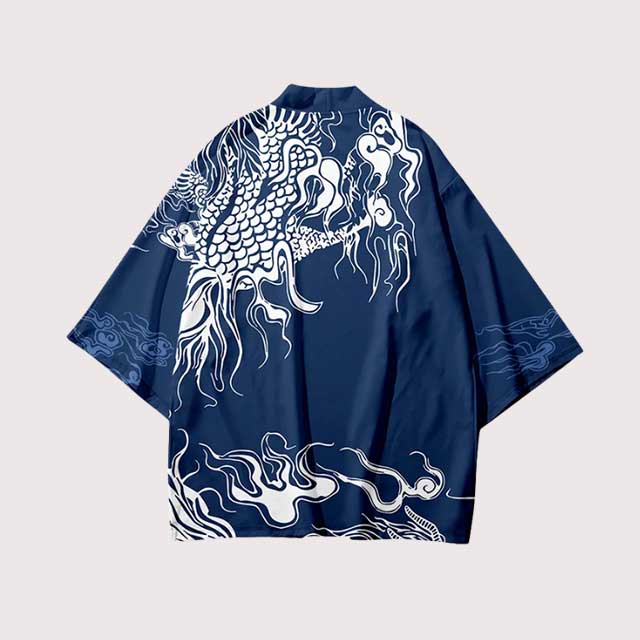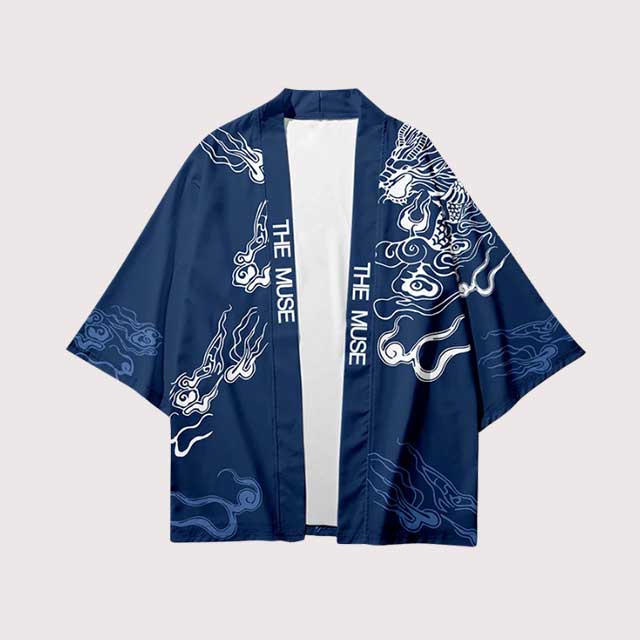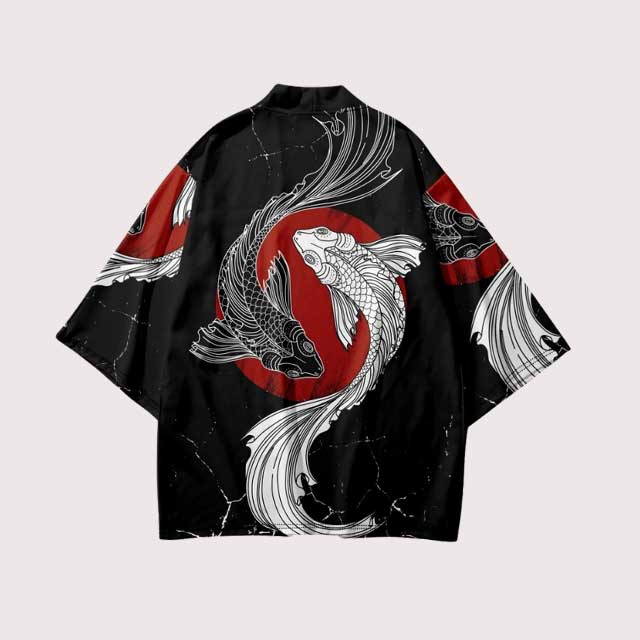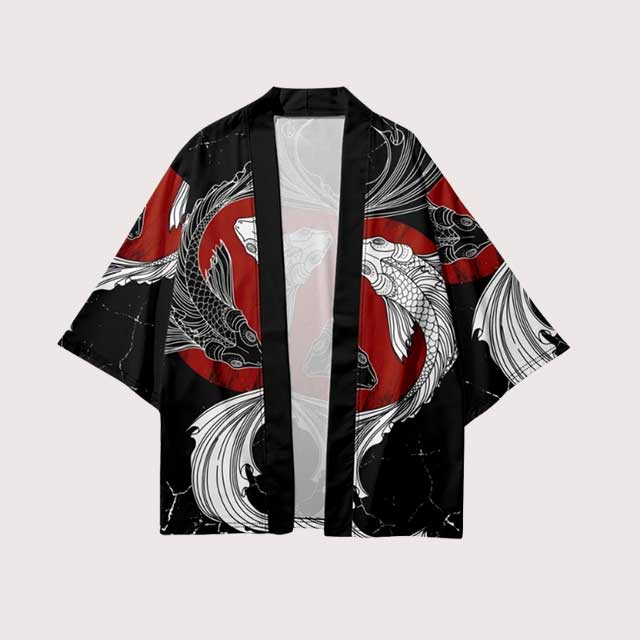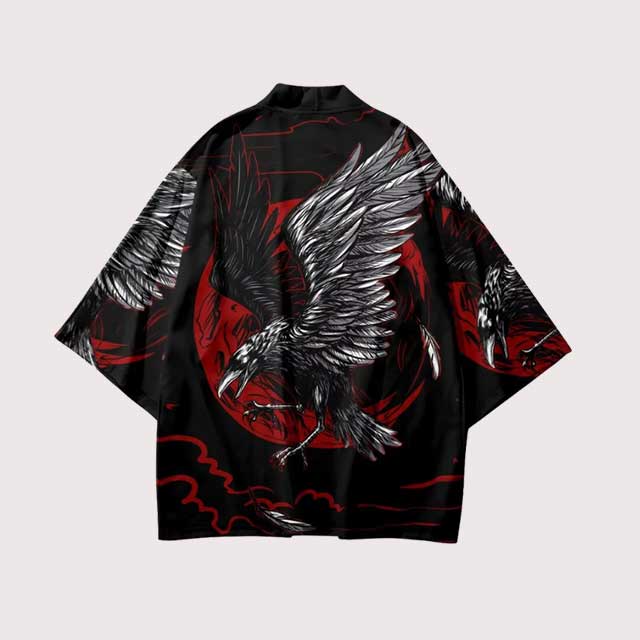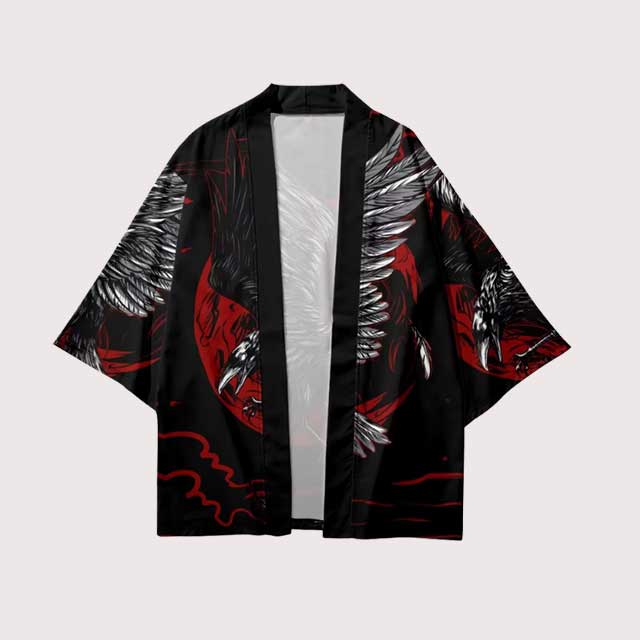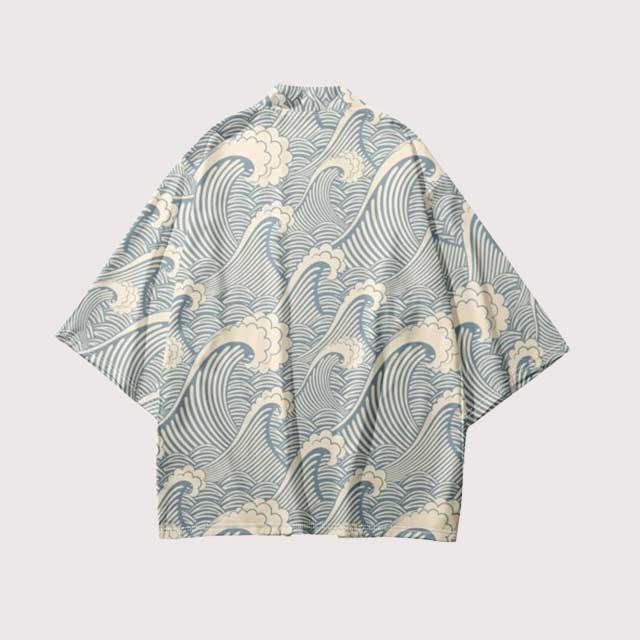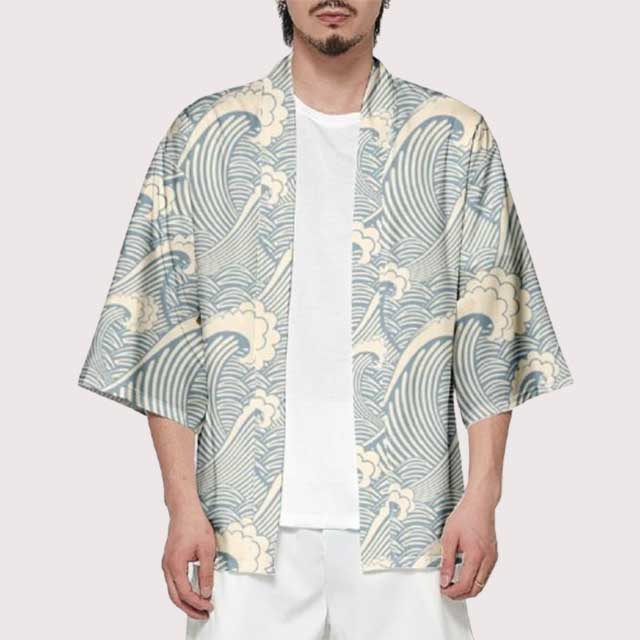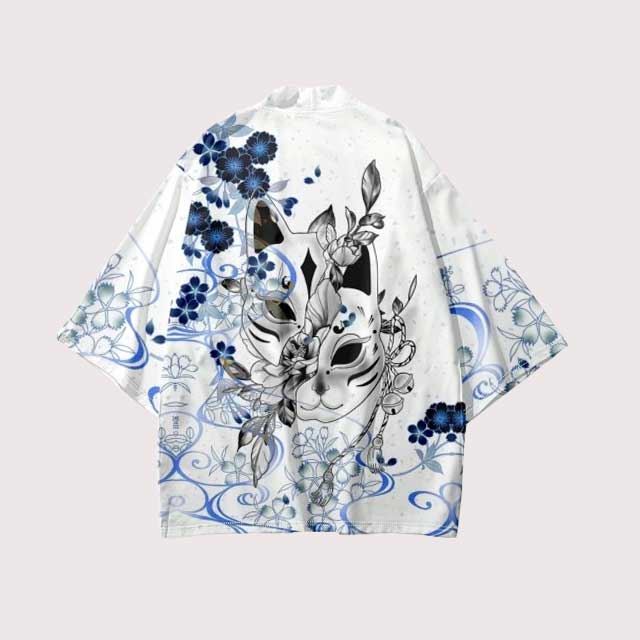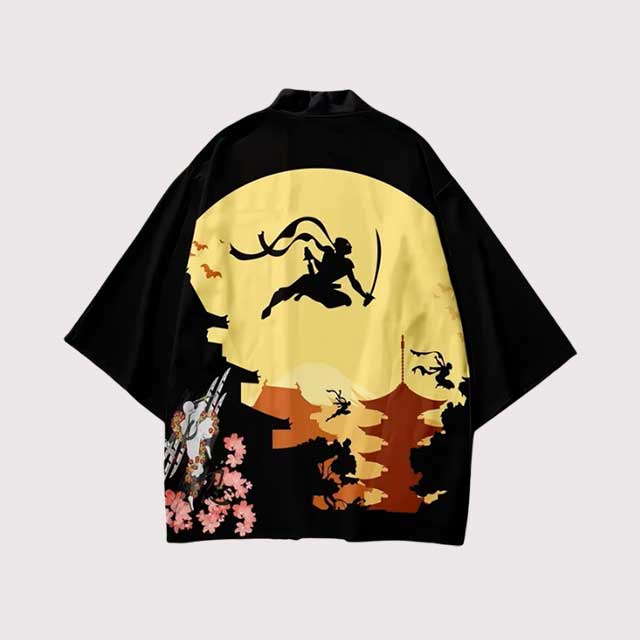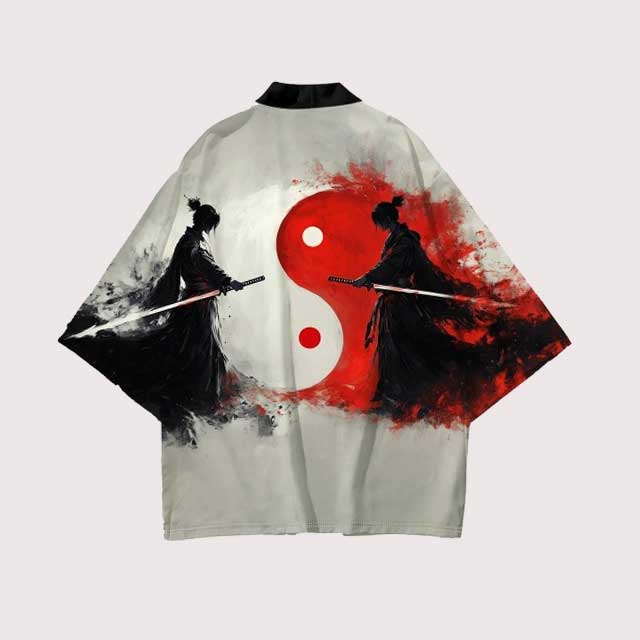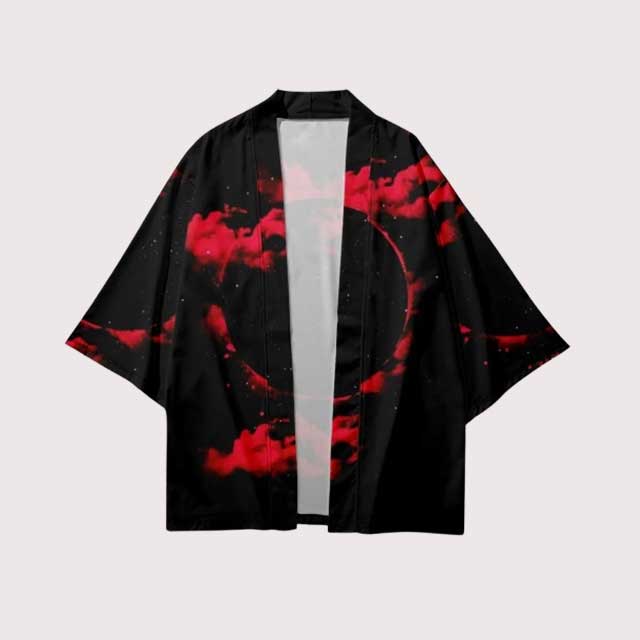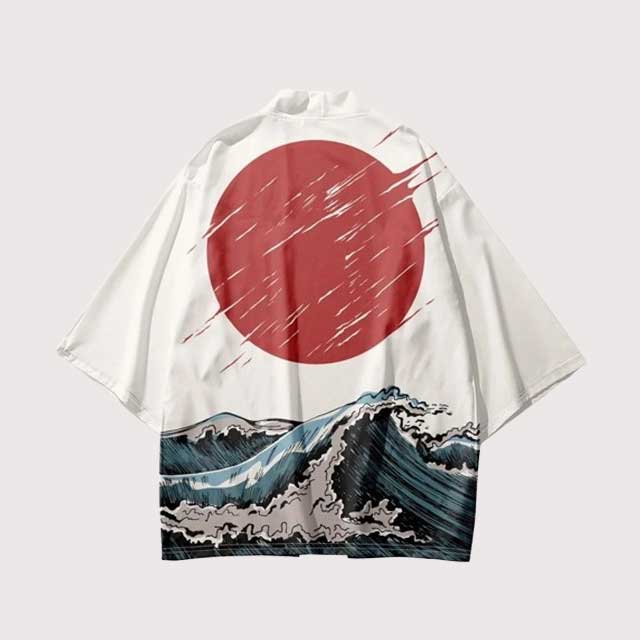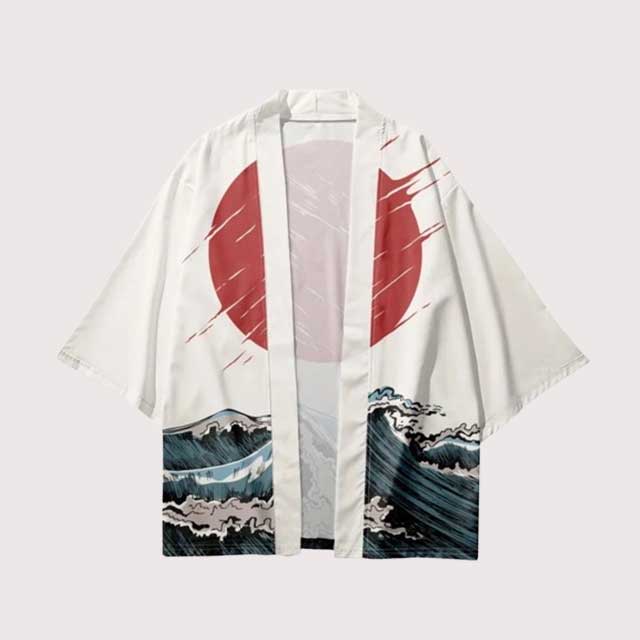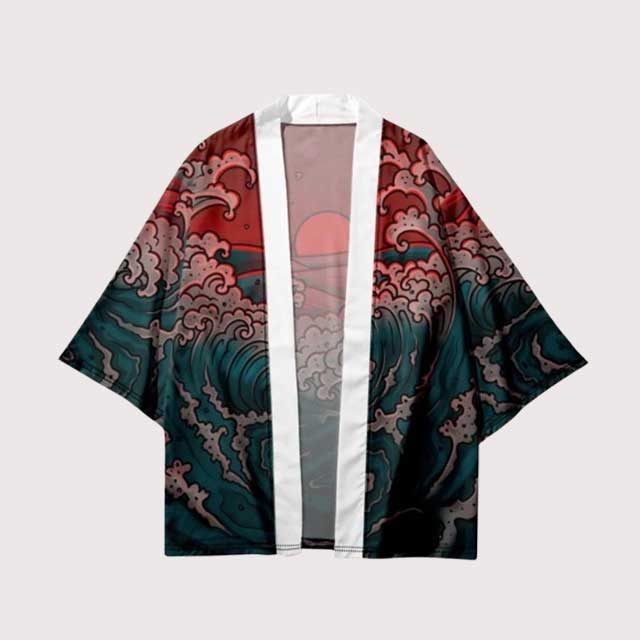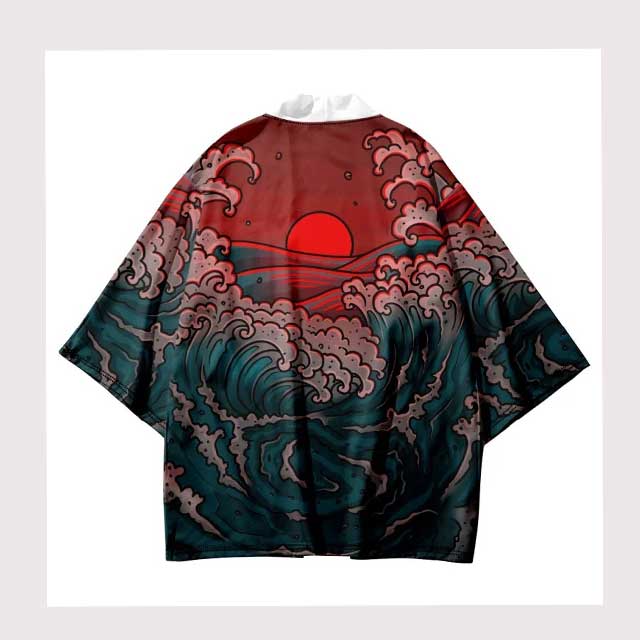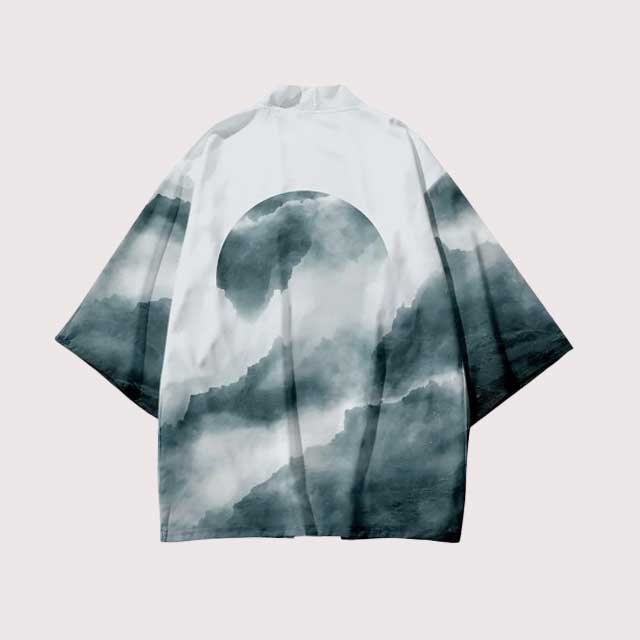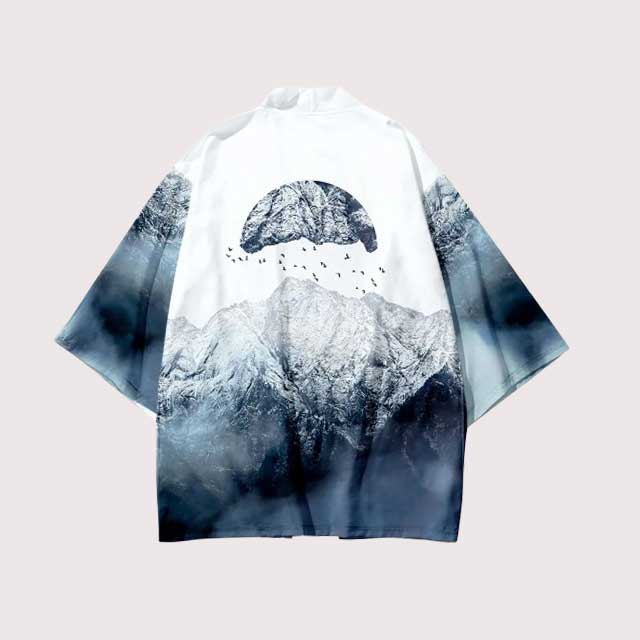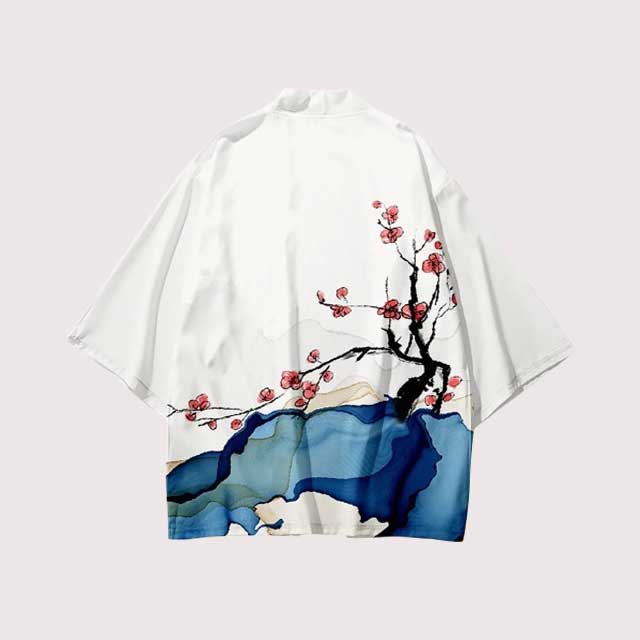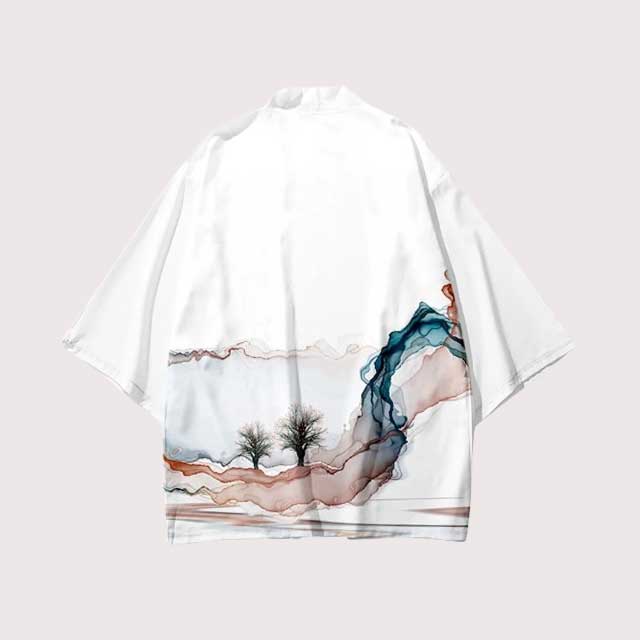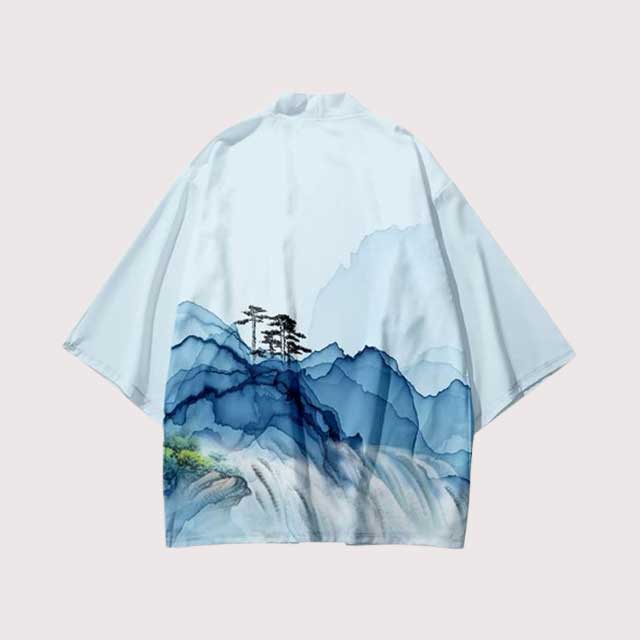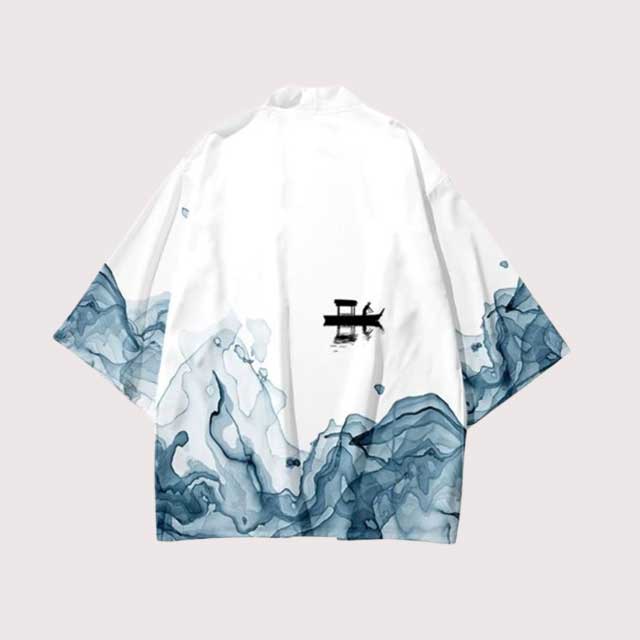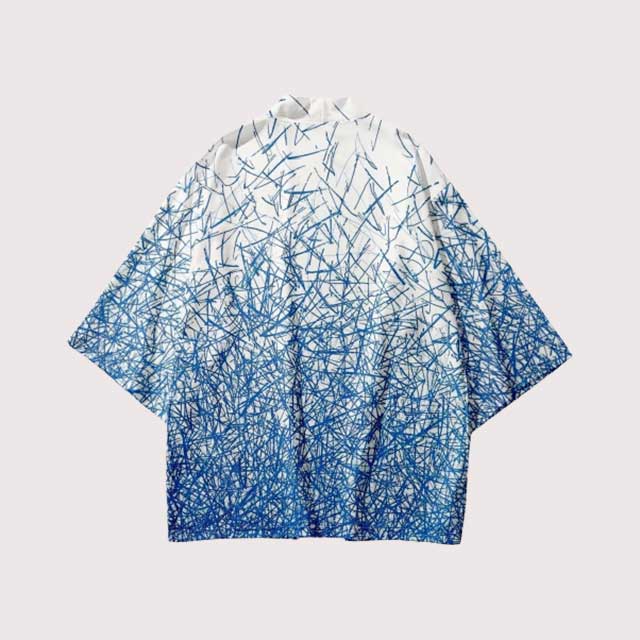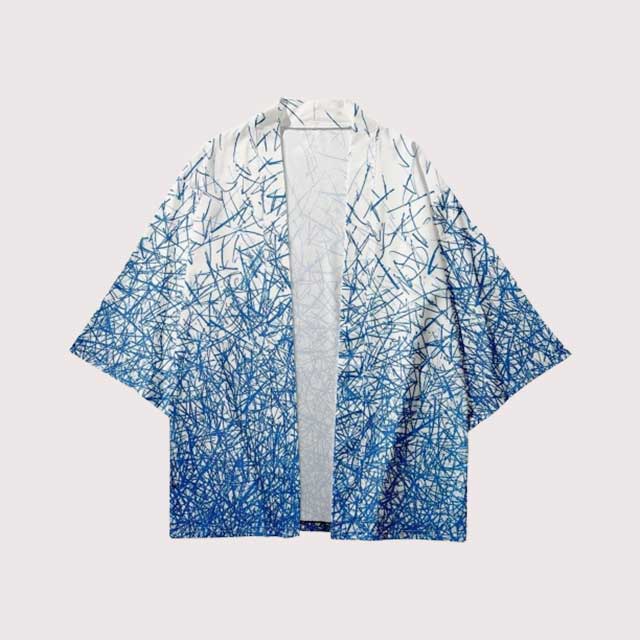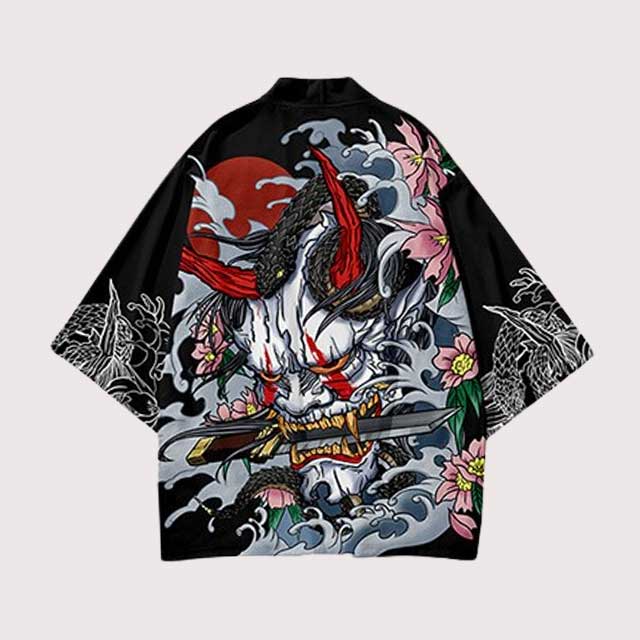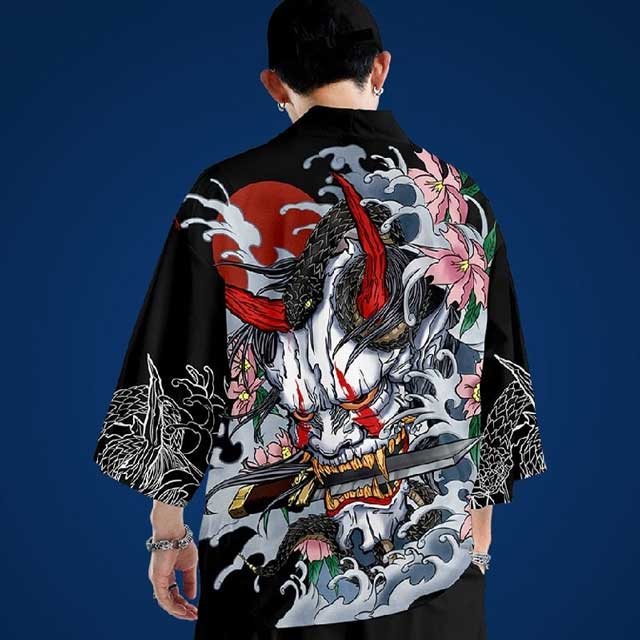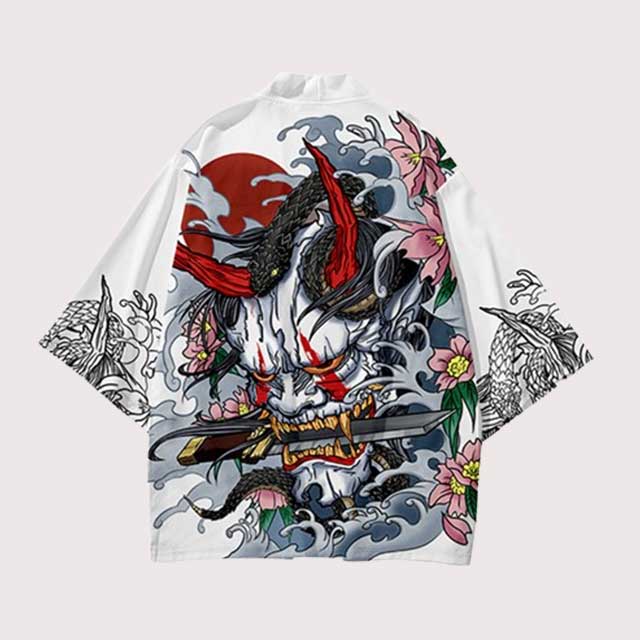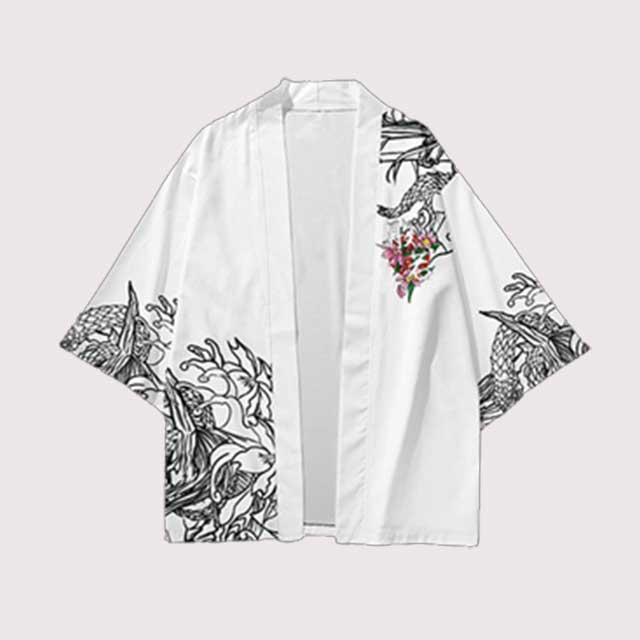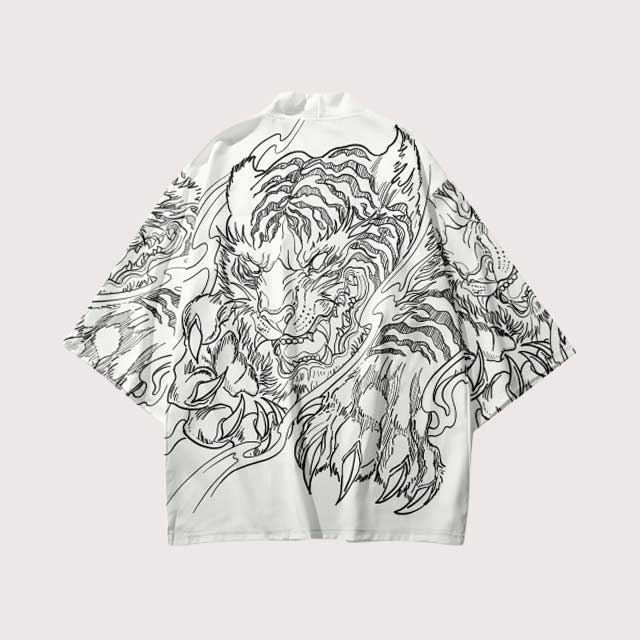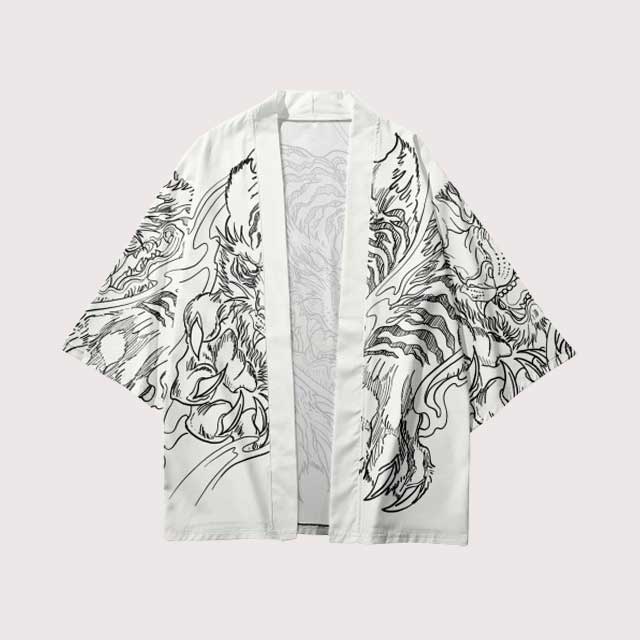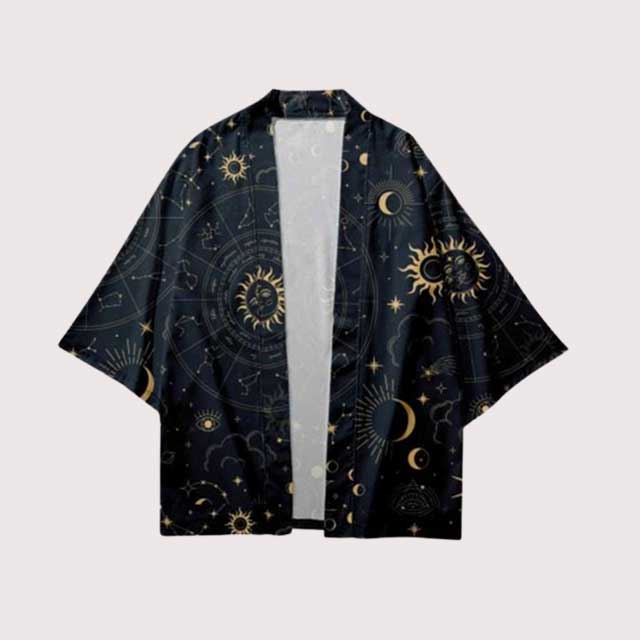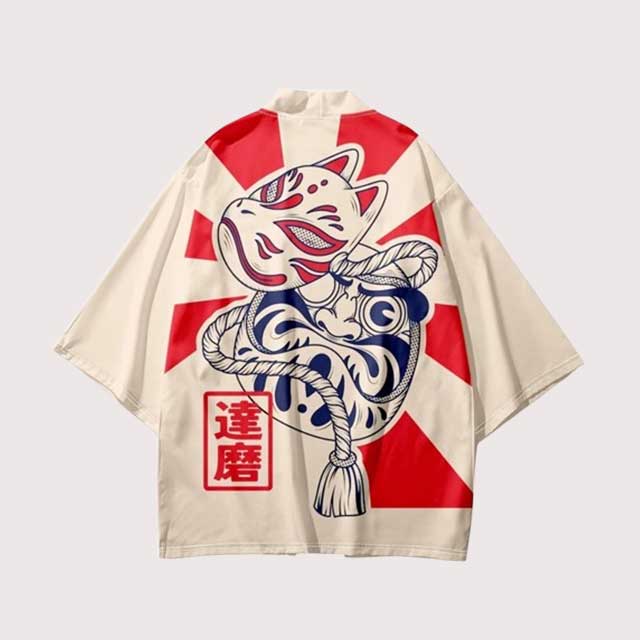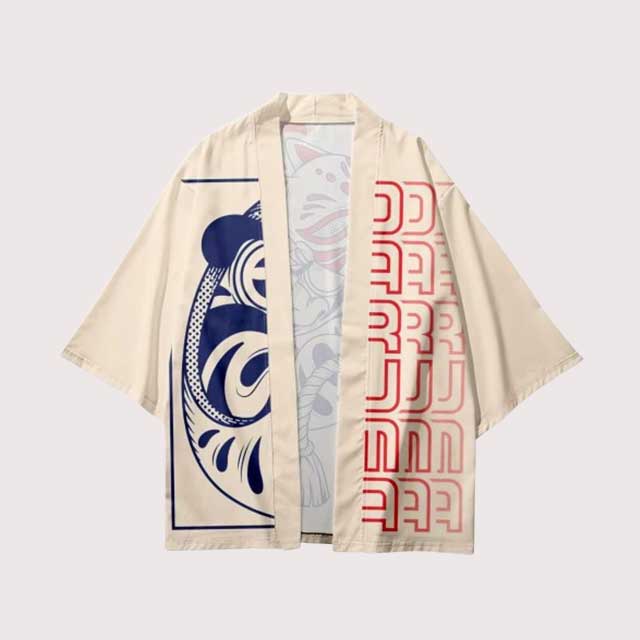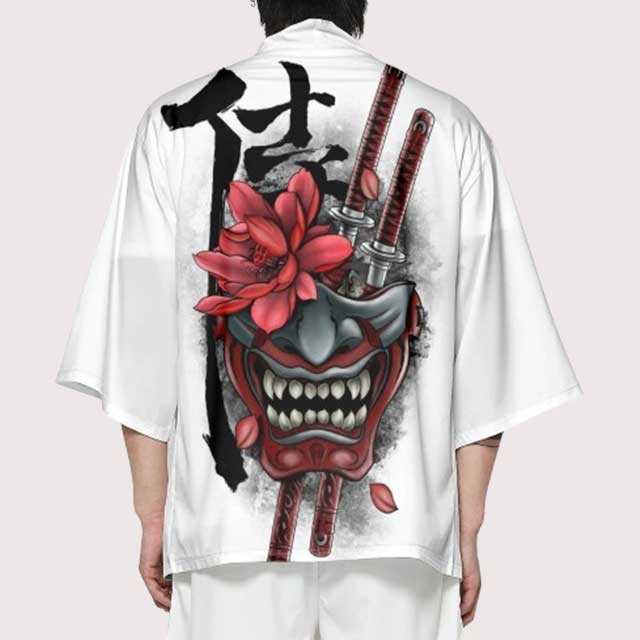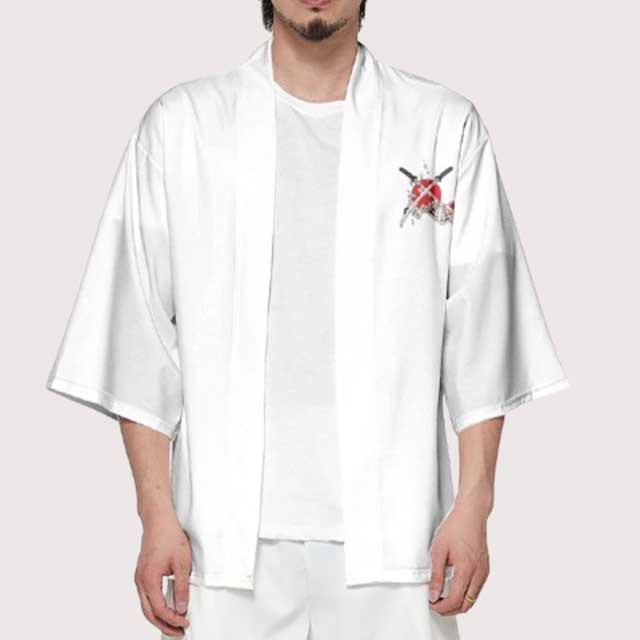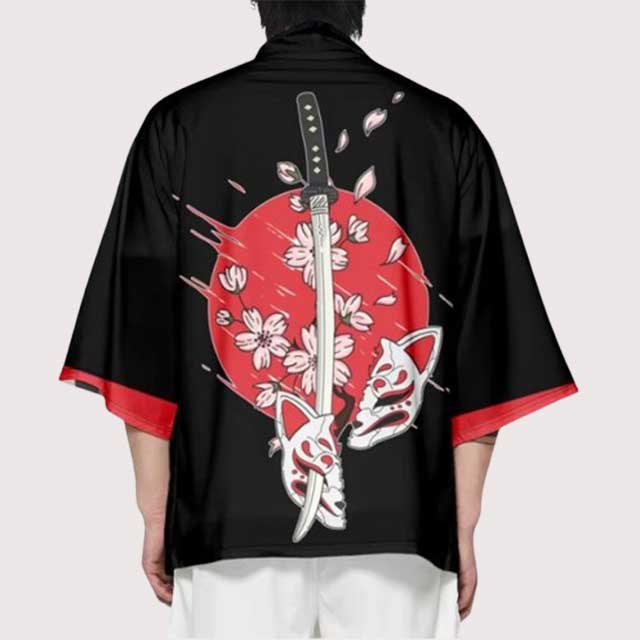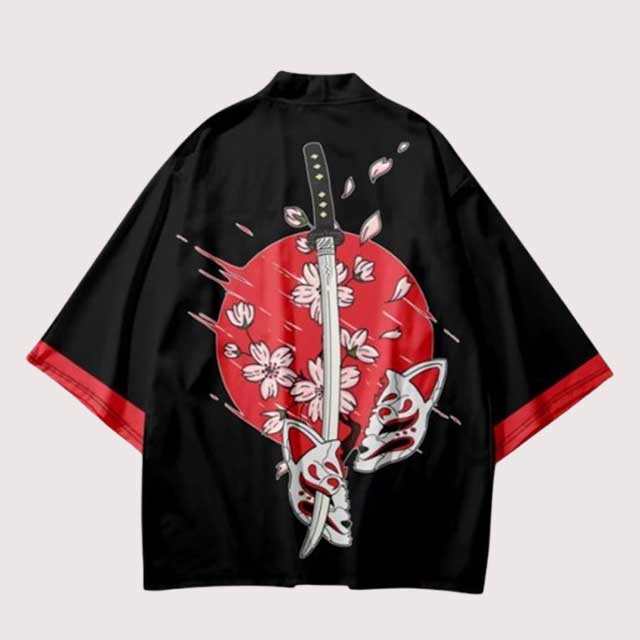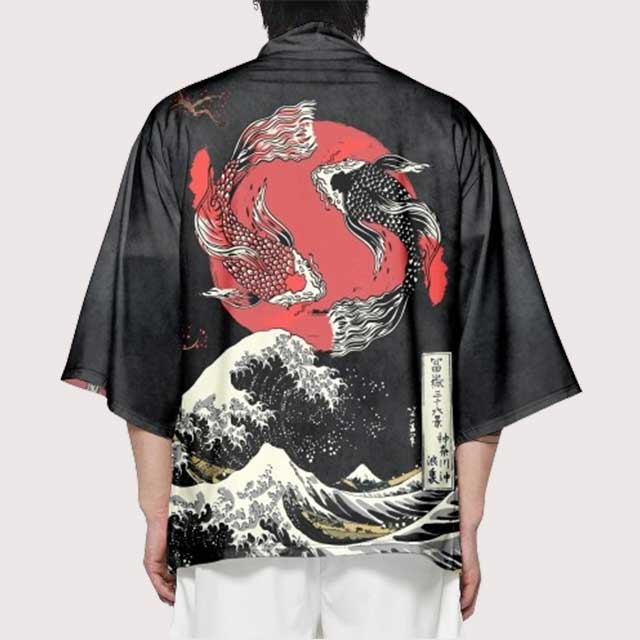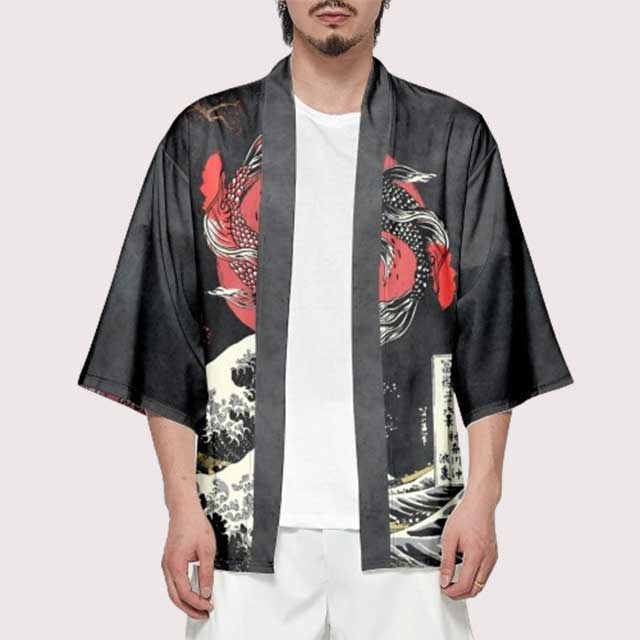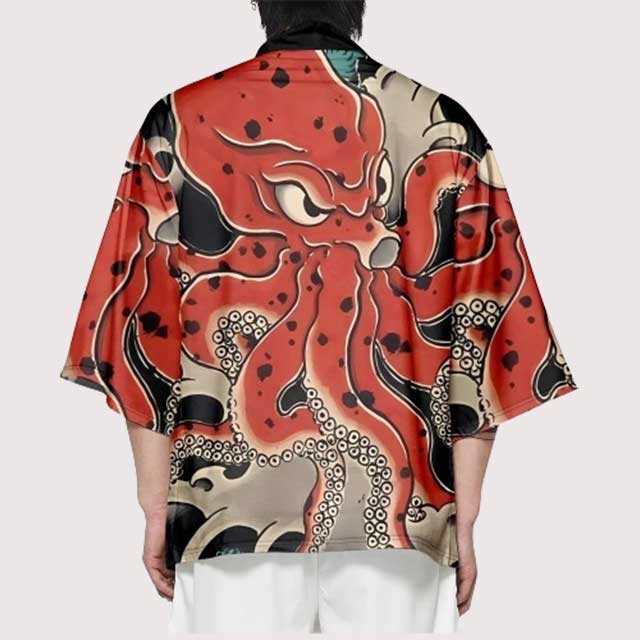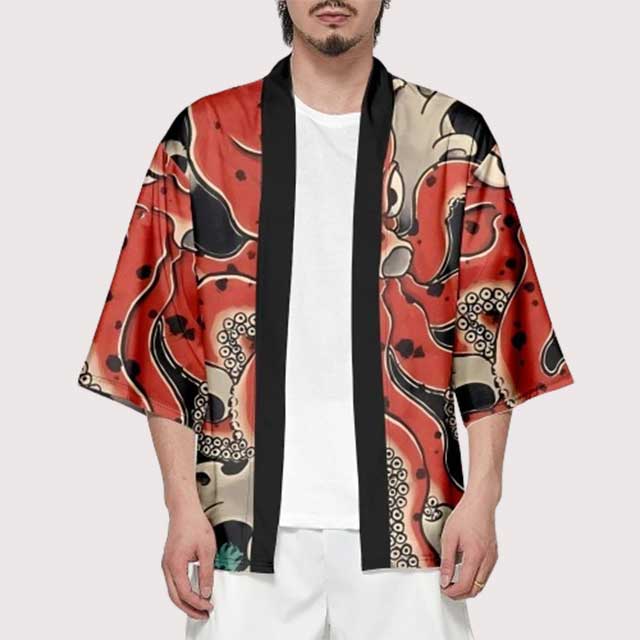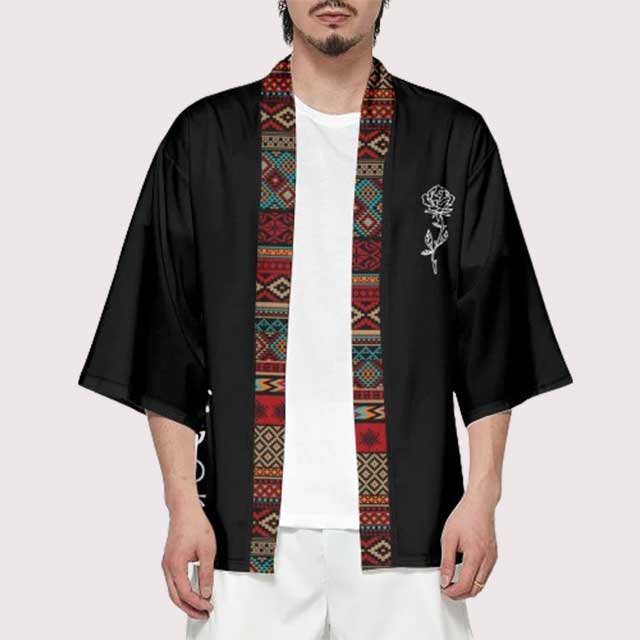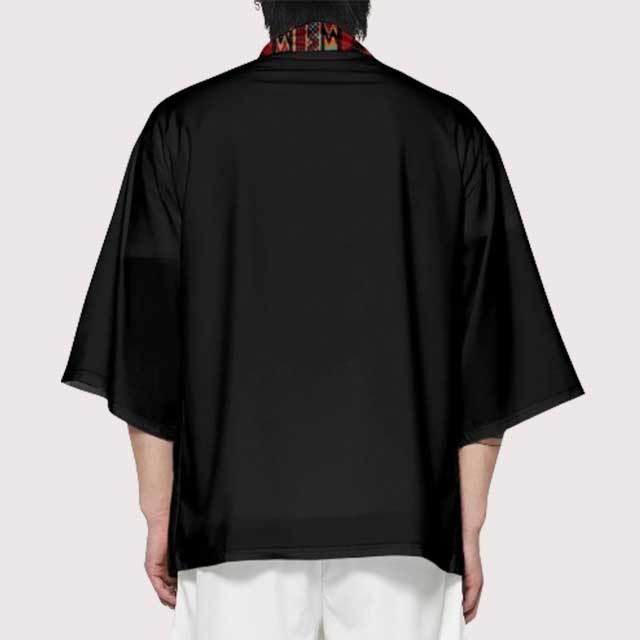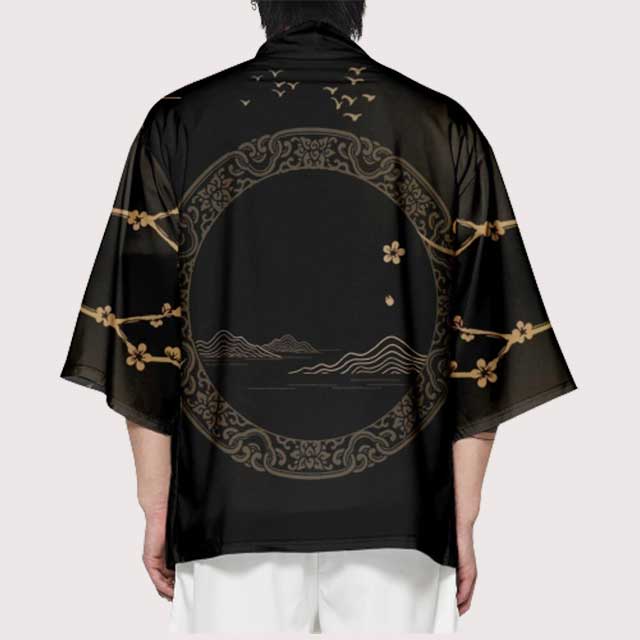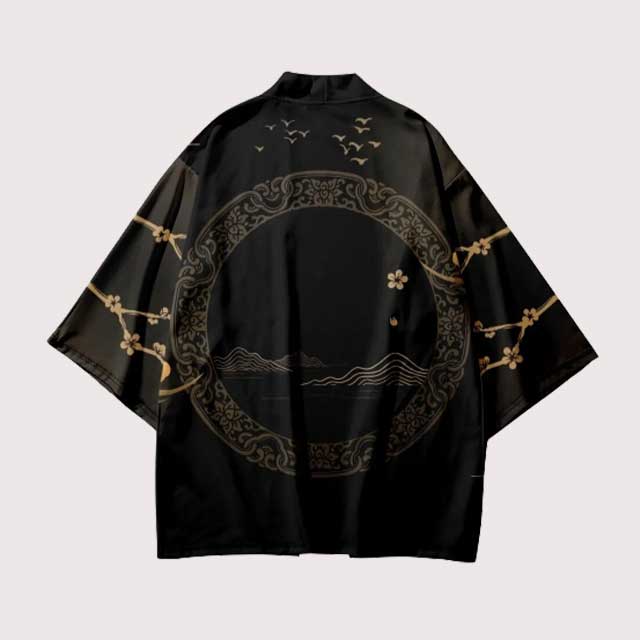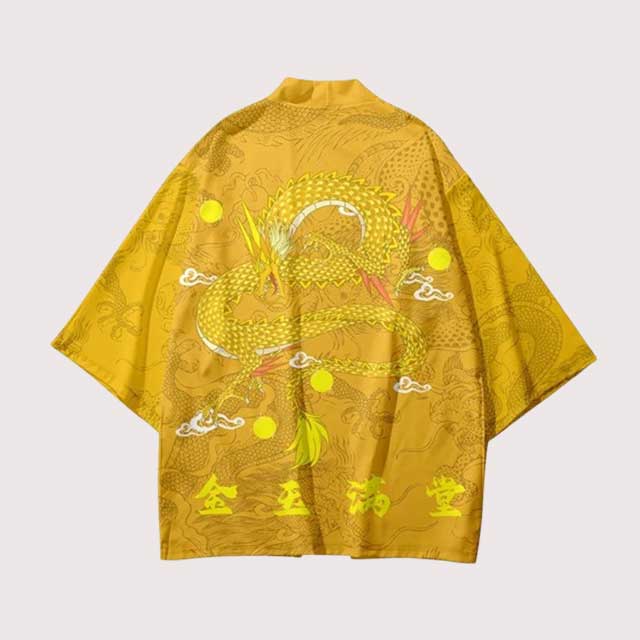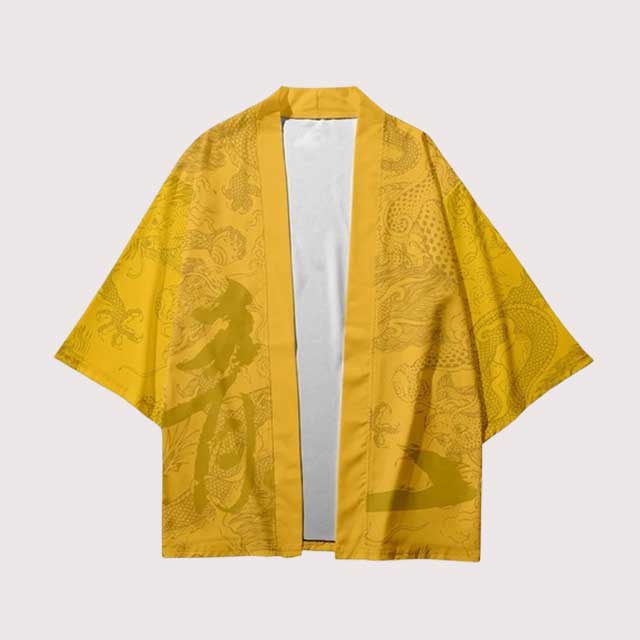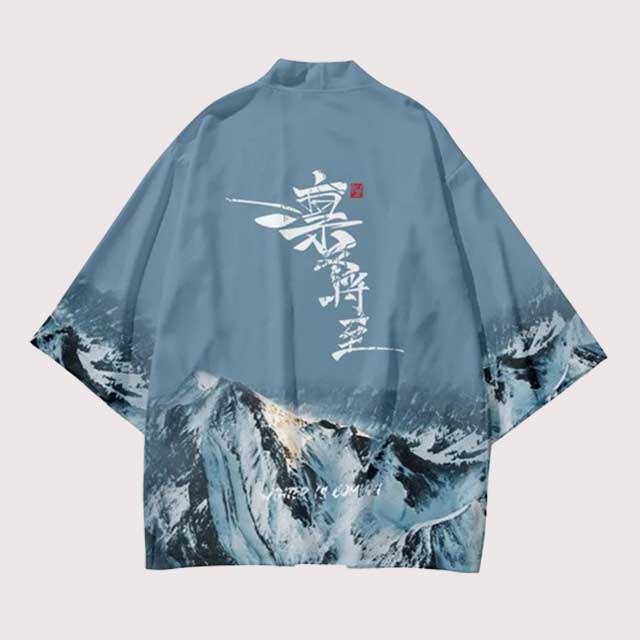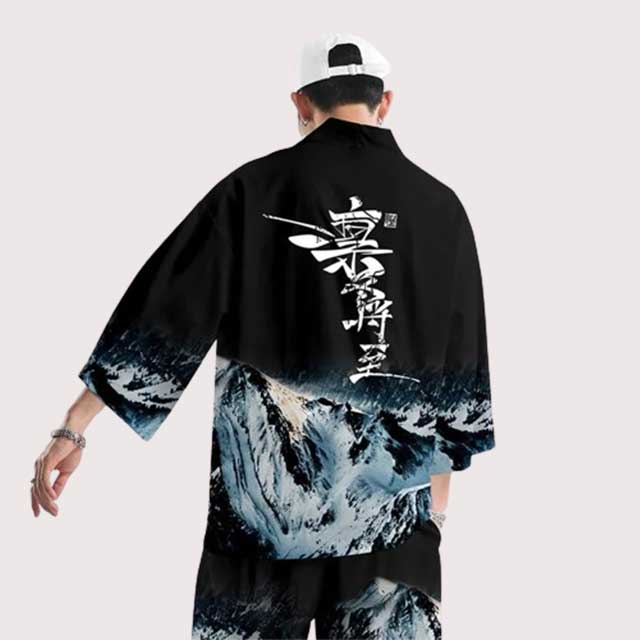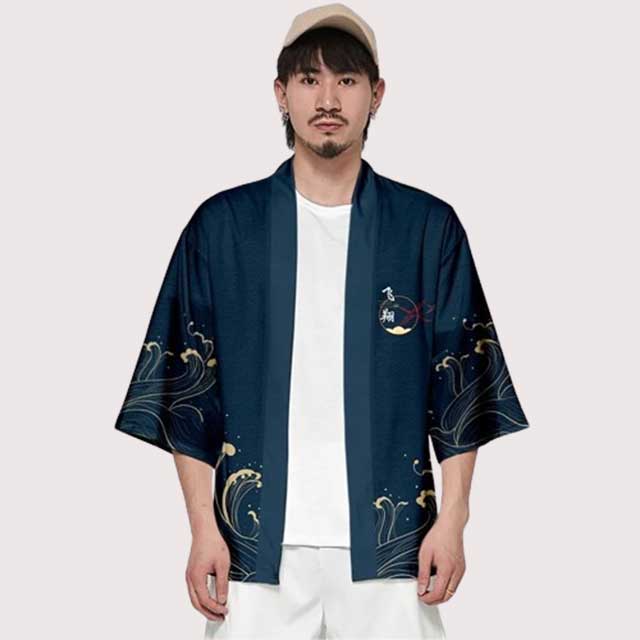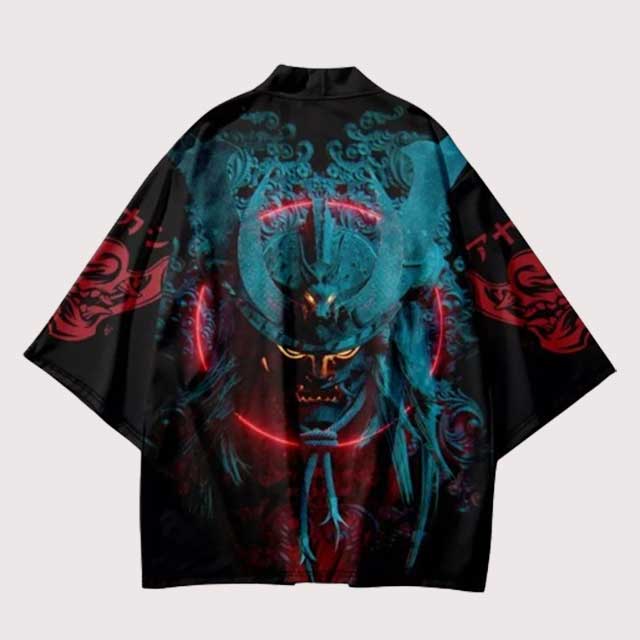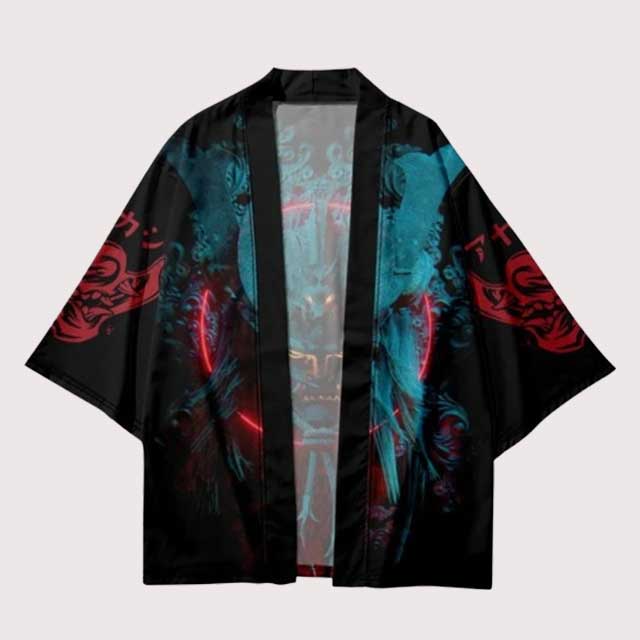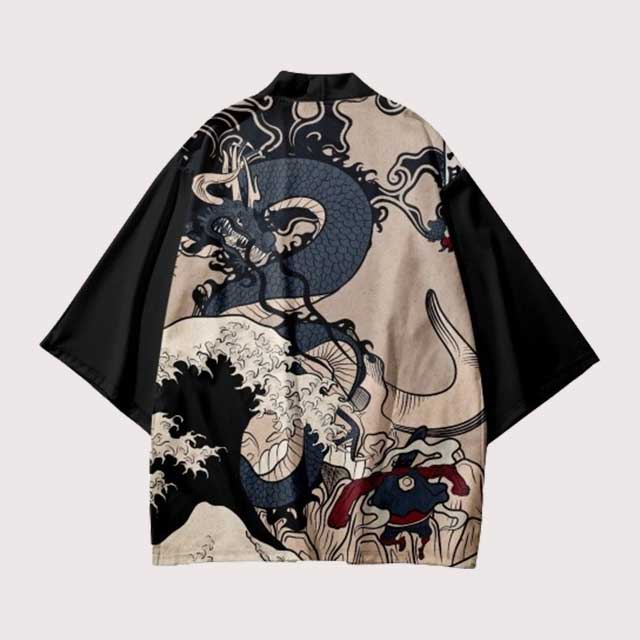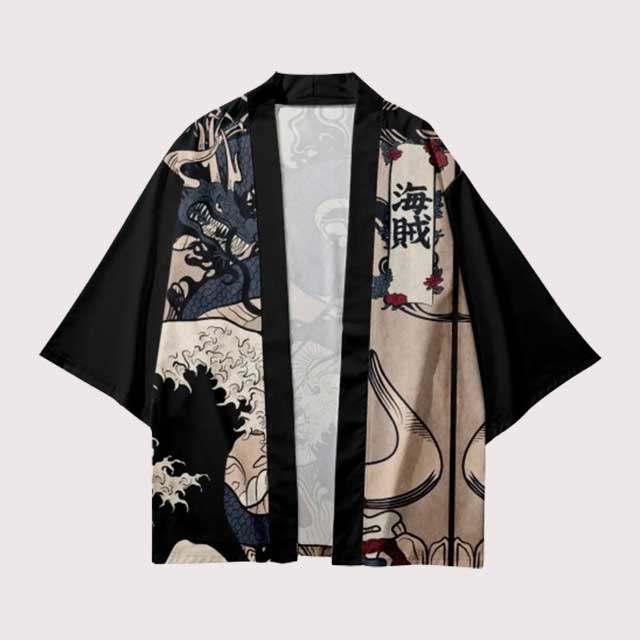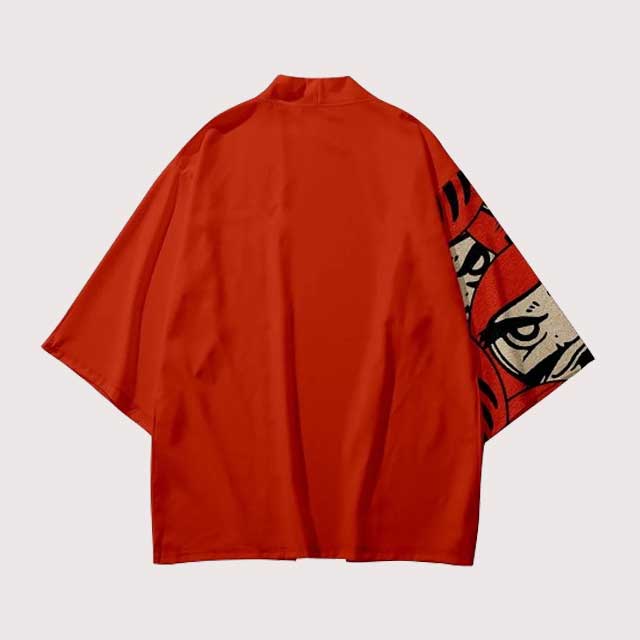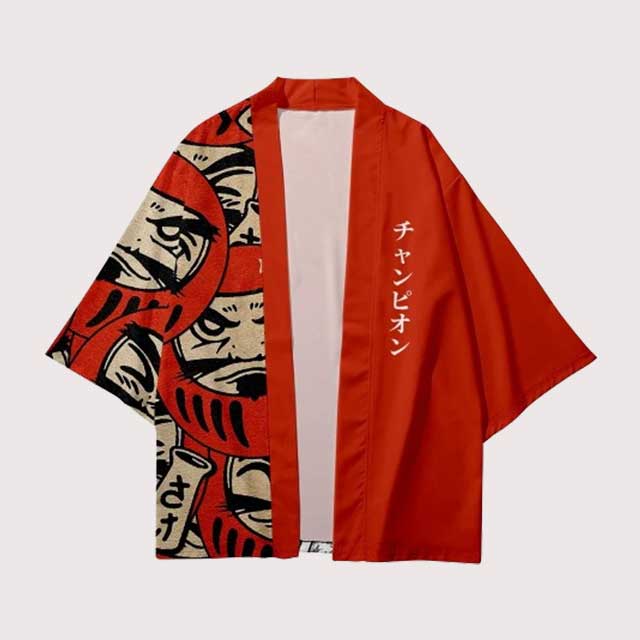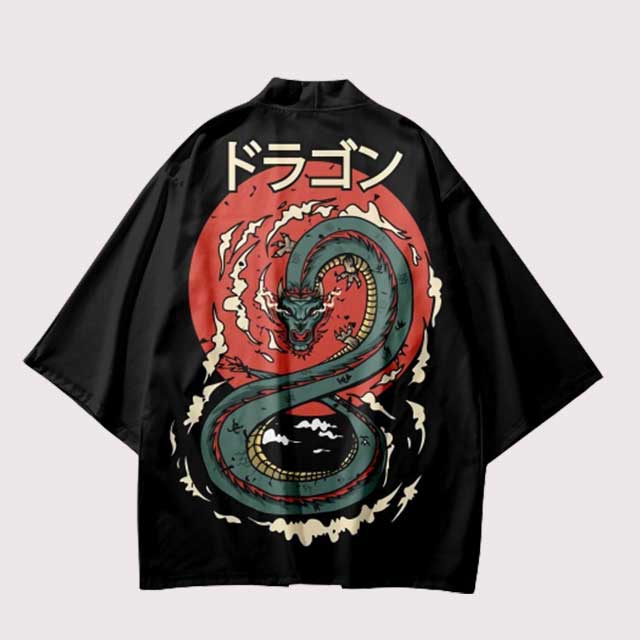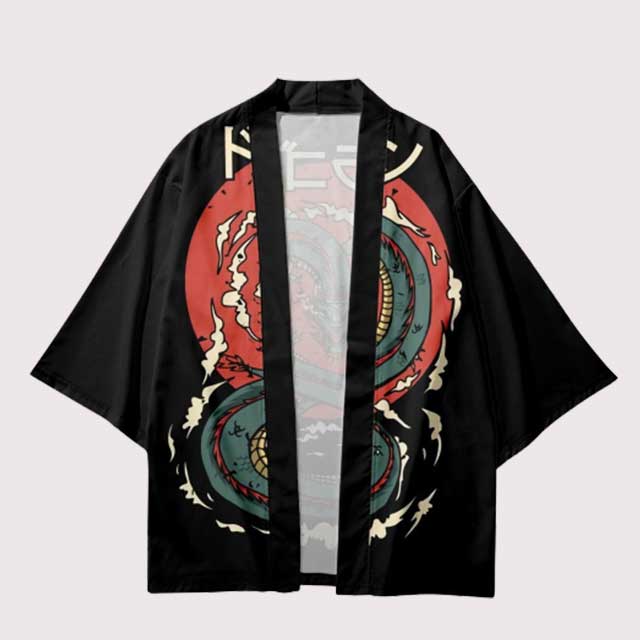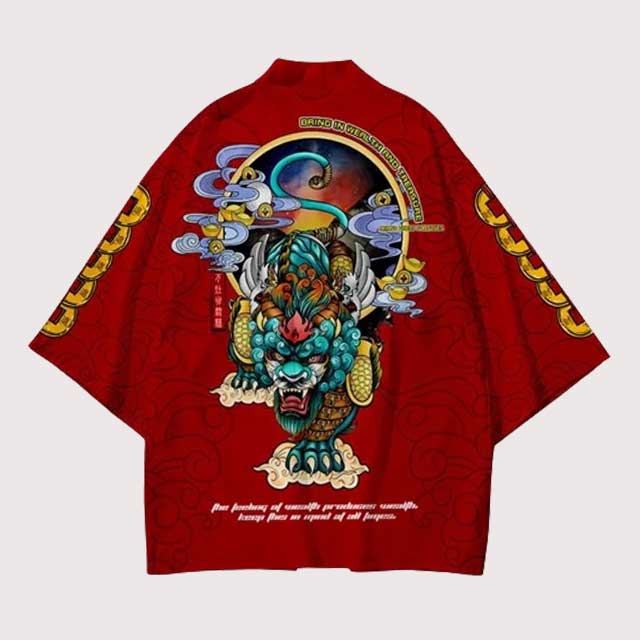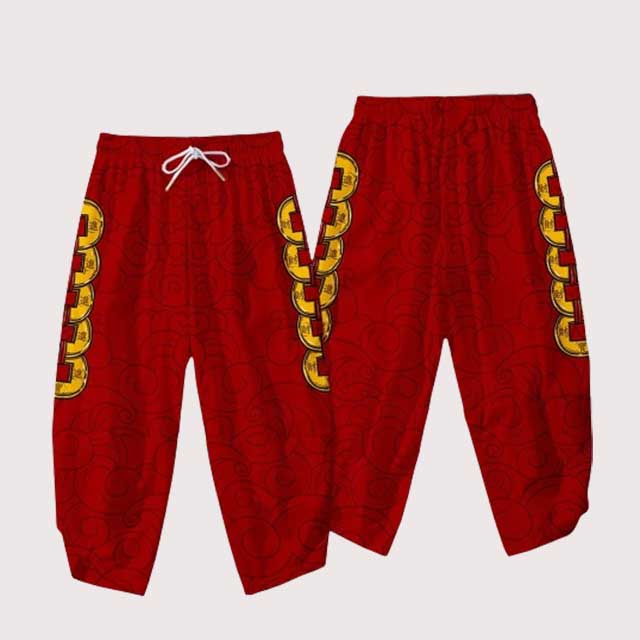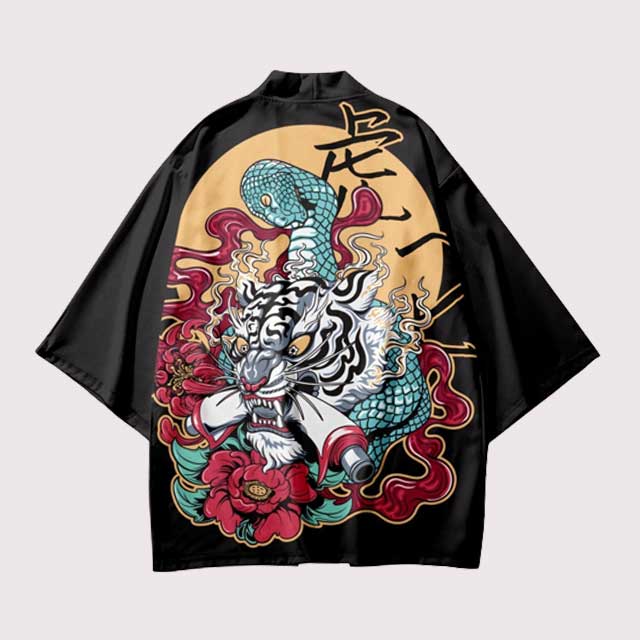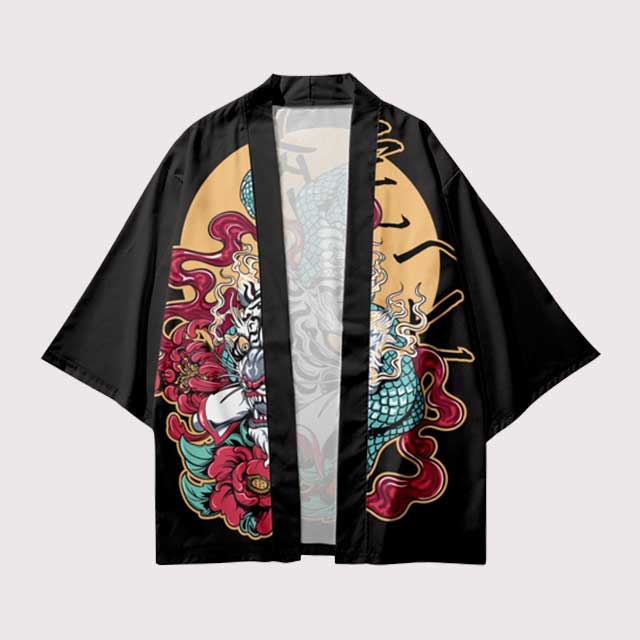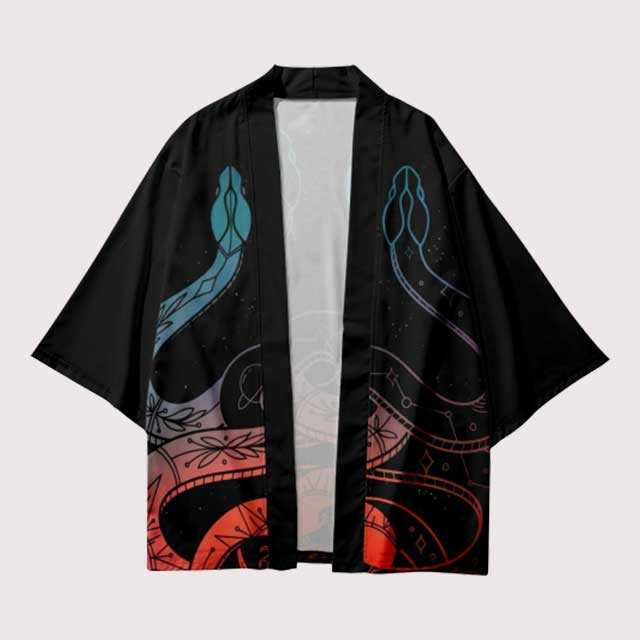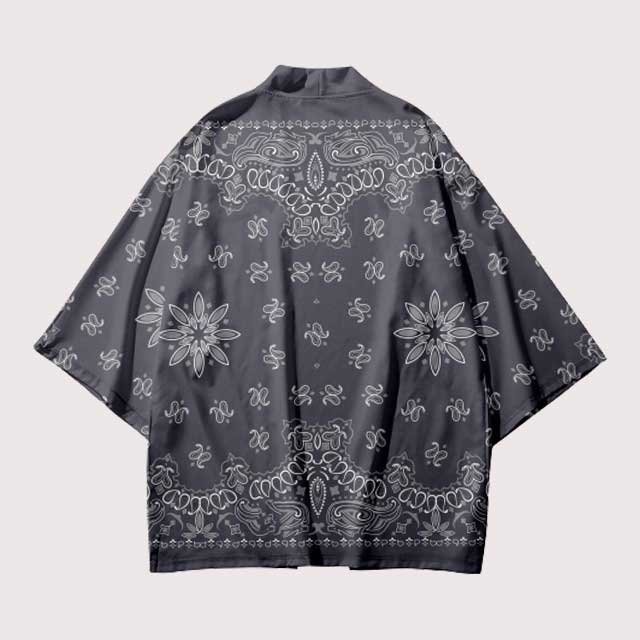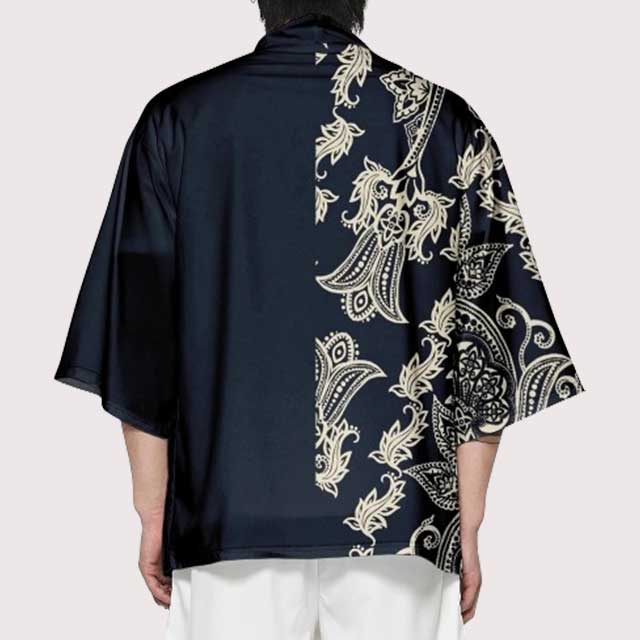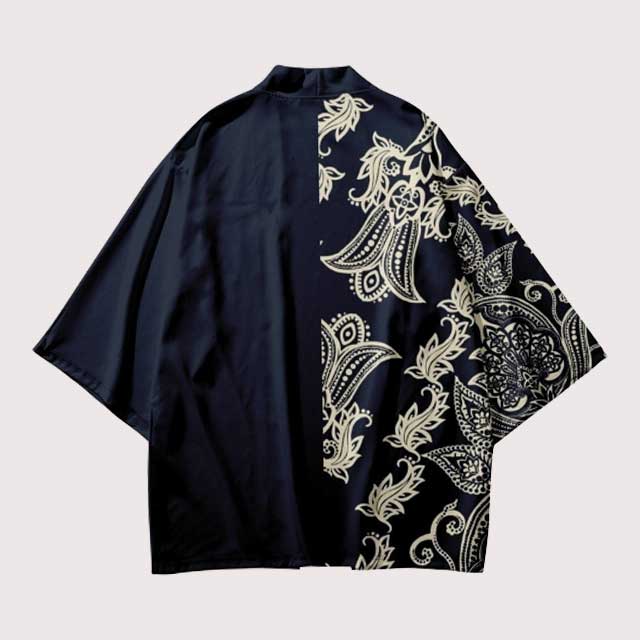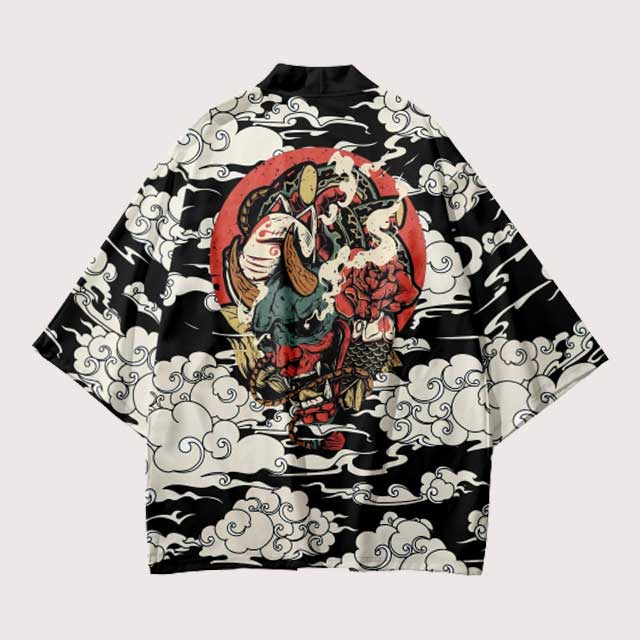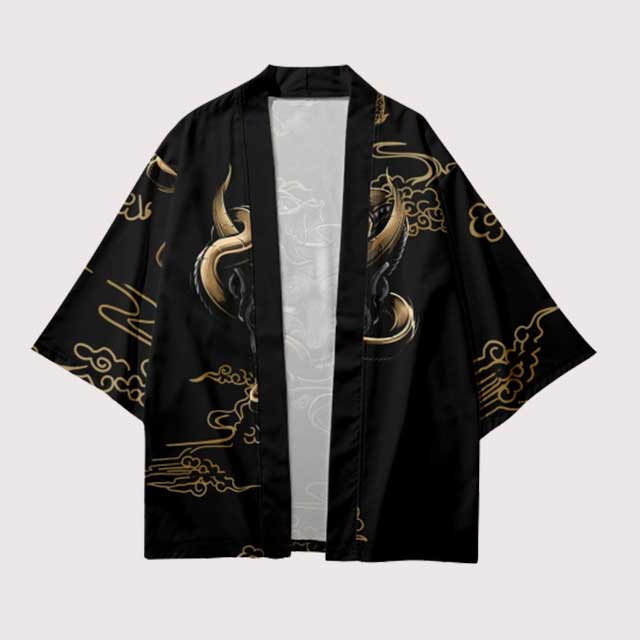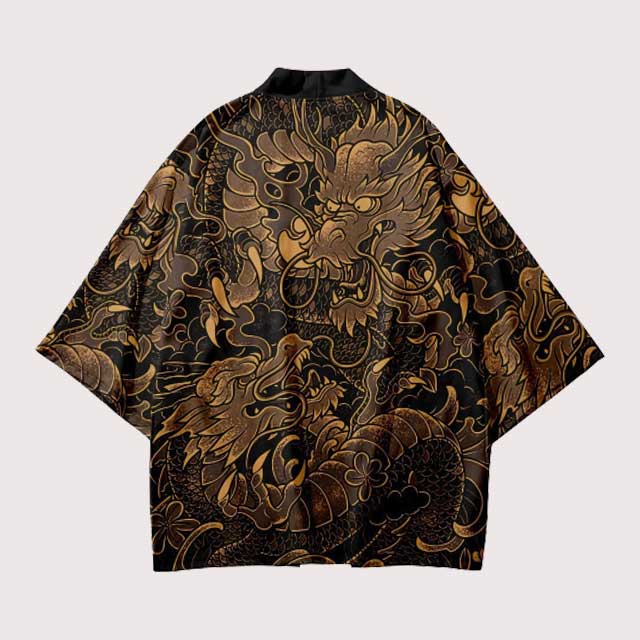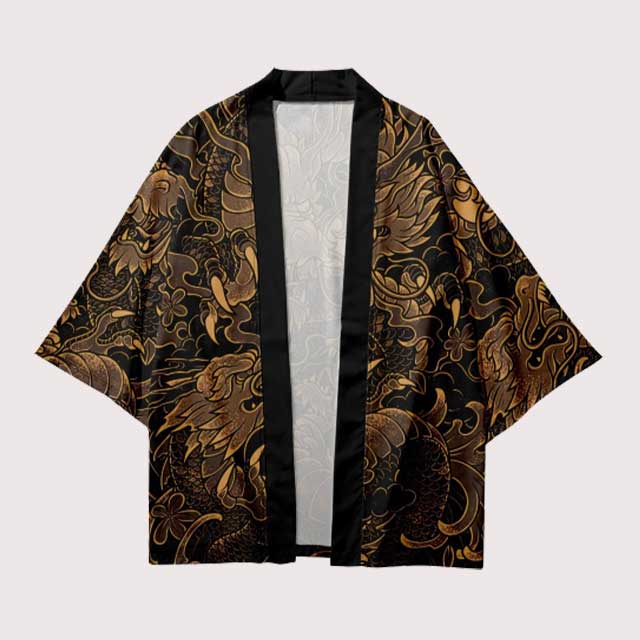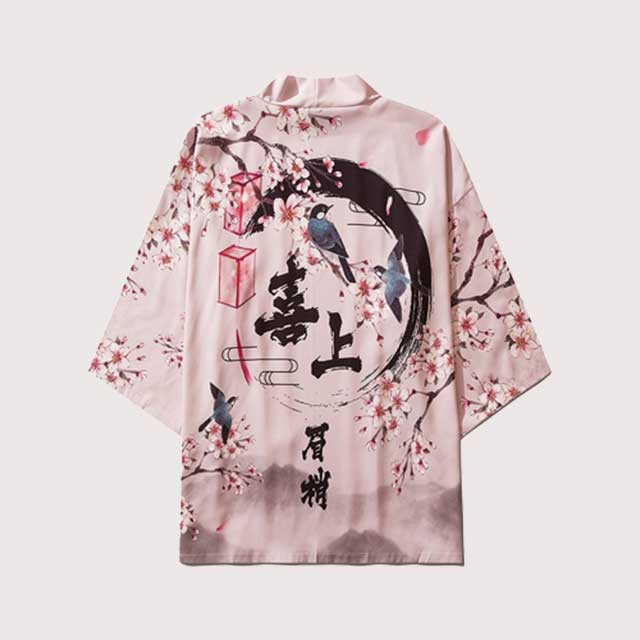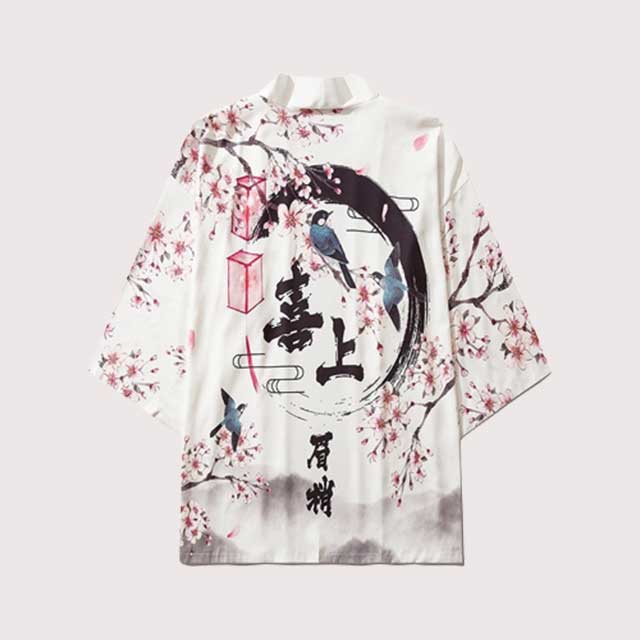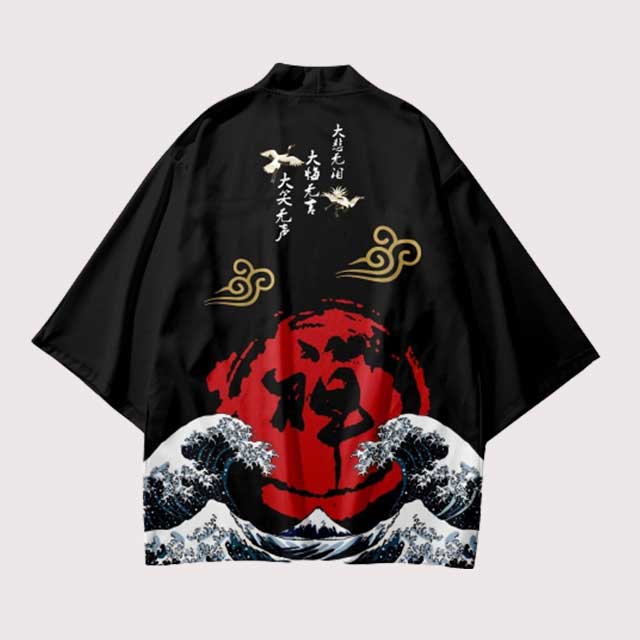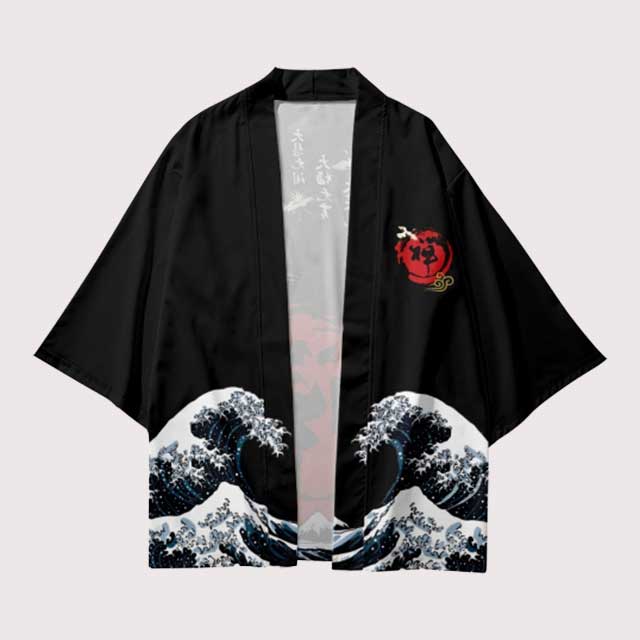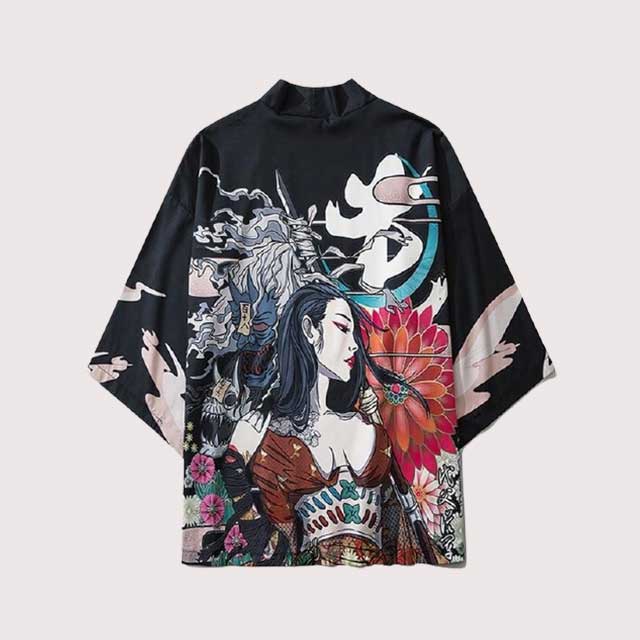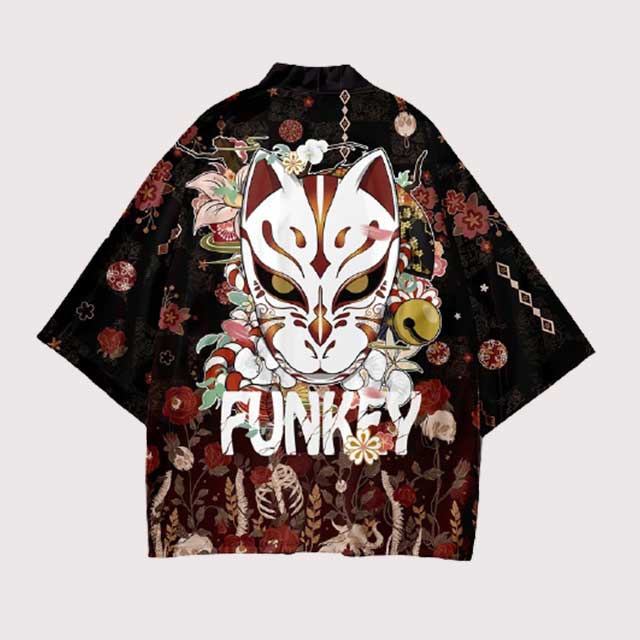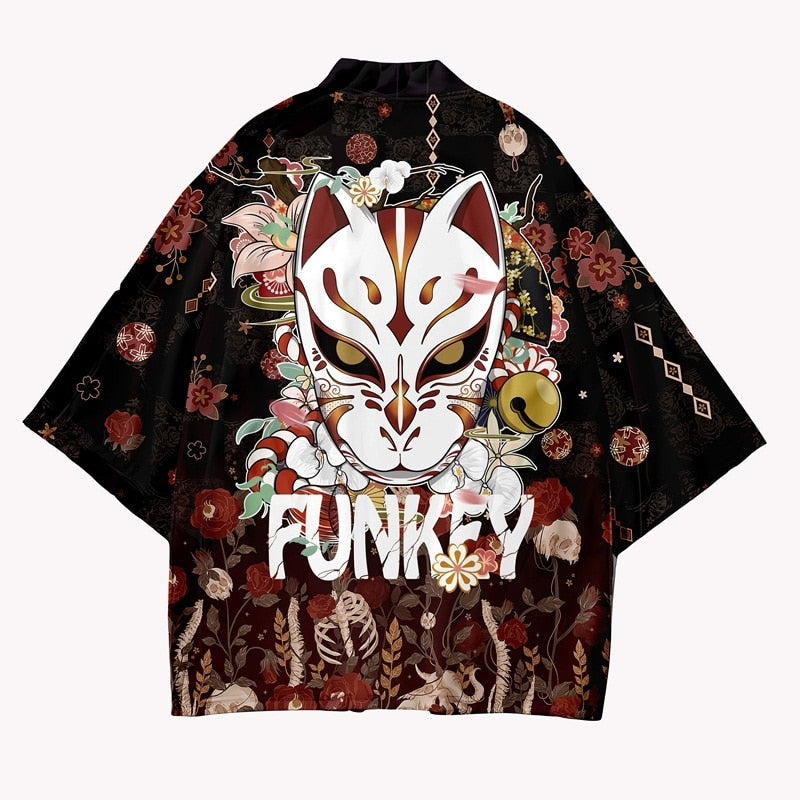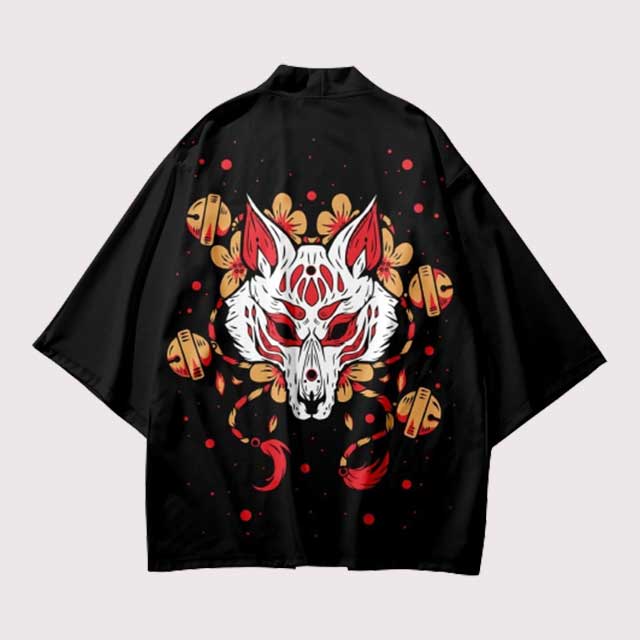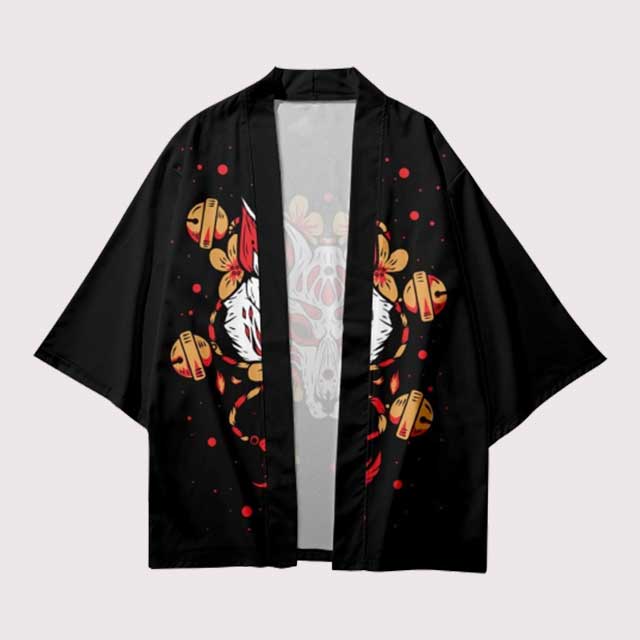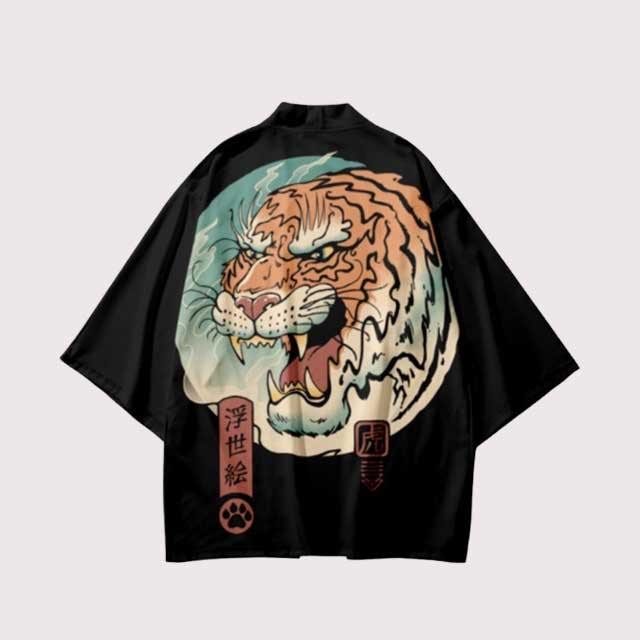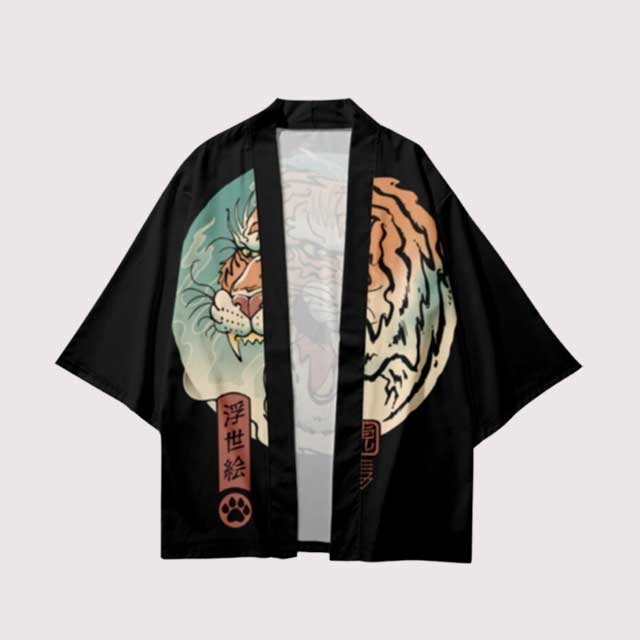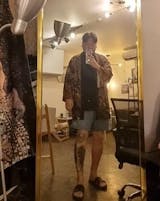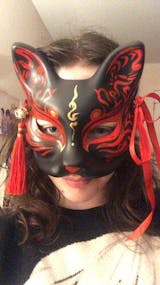I am not the type of person to write reviews but here it goes.
I really needed the clothes for an unexpected party but I chose the fast delivery option and I should say I’m impressed by their fast delivery. The product matches the pictures displayed and I’m impressed by the quality. Kudos to Eiyo Kimono.
Filters
Haori: The Short Japanese Kimono

Japanese Traditional to Modern Wear: The Haori
Haori and hakama, like kimono, are a huge part of Japanese tradition. They are worn on different occasions, traditional events/rituals in Japan, and other major life events. Continue reading to discover more about this clothing and how you to enjoy the richness of the Japanese culture.
What is a Haori?
Haori jackets have been worn for generations in Japan, and they have a rich history and heritage that has allowed them to remain a significant part of Japanese culture and rituals to this day. Haori is a swinging-sleeved hip-length jacket. It's crafted of wonderful materials and has an elaborate back pattern. These jackets are quite popular all around the world, and you may wear them open with a shirt beneath if you don't want to wear an obi/kimono sash (Japanese belt). They can add a personal touch to your style.
Haori is Japanese and can be called other names in English. Here are them:
- Haori jacket
- Haori kimono
- Haori cardigan
- Street Haori Jacket
- Short kimono
- Kimono cardigan
- Kimono Jacket
How to Style a Haori Jacket?
Haori is particularly easy to wear since they are loose-fitting, slipping over bare shoulders that layers a kimono. Today, they can be also worn over t-shirts, hoodies, sweaters, and even casual dresses for women.
Haori are unisex. Haori for women are typically bright and bold in the pattern. Haori for men, on the other hand, is often dark in shades, such as black or navy blue. Wear the haori jacket over a plain shirt to keep the focus on the exquisite pattern and colors of the Haori jacket.
Some haori jackets are lightweight and may be worn with shorts (over dresses for women) in the spring and summer. Shorts should be paired with a brightly colored haori. At the same time, you'll be comfy and fashionable!
For the winter, haori is an excellent layering piece to stay warm on the cooler days since they are oversized and can be worn over sweaters and cardigans. Combine it with boots and a hat to get a trendy and winter appearance. Hanten is similar to a haori jacket but made of warmer material.
Haori’s may be dressed up and worn to formal events. You may go dramatic with a red haori and a black dress, or keep it simple with a black haori and a black dress.
Pairing your haori with jeans or plain pants and a shirt is a great look, but it may also look romantic when worn over a long dress, especially if the colors in the garment match the colors in the haori. It's a flexible garment that can be worn as a coverup on colder days as well as a statement piece. You may also accent your haori by wearing a scarf, which gives it an exquisite aspect, or by fastening it with a belt, which, while not traditional, looks beautiful! A black belt will complement most haori and give your ensemble a polished appearance.
Haori are known for their bright color, Japanese patterns, and also animal (holy creatures) print which carry superstition and, deep meanings.
Haori Prints
These are the most popular print on haori jackets:
- Ryū (dragon) - wisdom, power, balance, freedom & good luck
- Tiger - blessing & peace
- Snake - protection, good luck & strength
- Koi fish - courage, patience & success
- Tortoise - good luck, longevity, and support
- Eagle - symbolizes the great power in nature
- Phoenix - symbolizes great luck and peace
- Japanese crane - longevity & good fortune
- Sakura - Japanese cherry blossom
- Geisha - woman performer or artist
- Kitsune (fox) - tricksters
- Samurai - Japanese warrior
- Demon oni - fierce & evil nature
- The Great Wave - an important change in Japanese society
- Anime TVcharacters (demon slayer, naruto)
- Japanese writing
Haori Vs. Kimono

What is the difference between a haori and a kimono? The kimono is a floor-length robe, whereas the haori is an outerwear hip-length jacket. The haori was traditionally a masculine garment, and women did not wear it until 1985. The men worn them over a nagagi & hakama.
The haori has a narrower collar than a kimono and is made with two thin triangular panels at each side seam. You can wear whatever you wear that matches your personal tastes.
Haori Jackets Today
Because of the exquisite fabric and artistry that goes into each piece, kimonos have always been exceedingly costly. If you want to add a Japanese touch to your wardrobe, the haori jacket will never be out of style. If you are into fashion and style, it is must to diversify your wardrobe.

